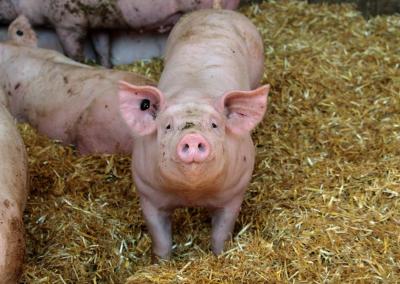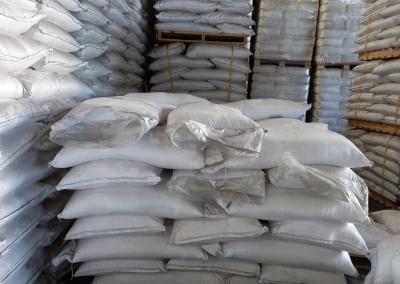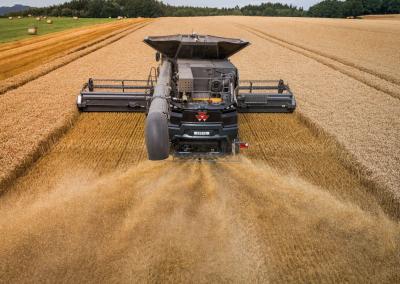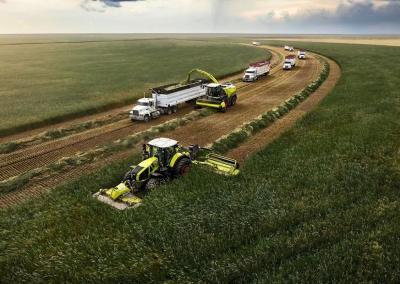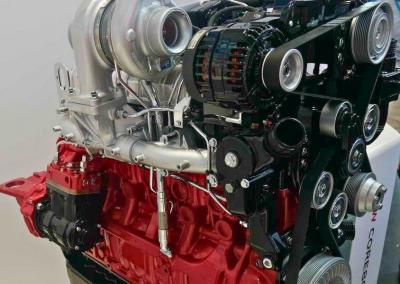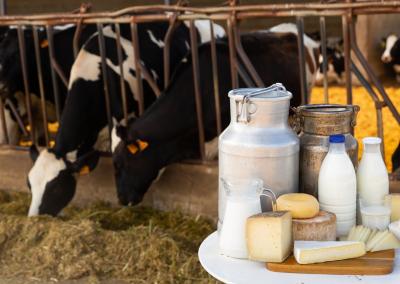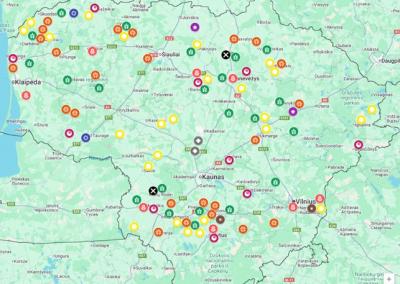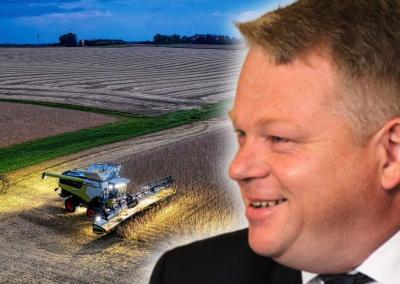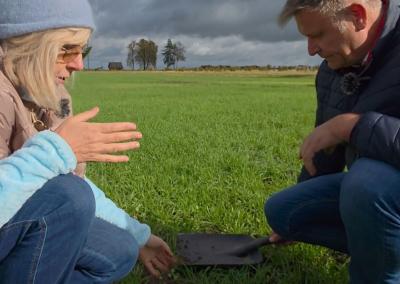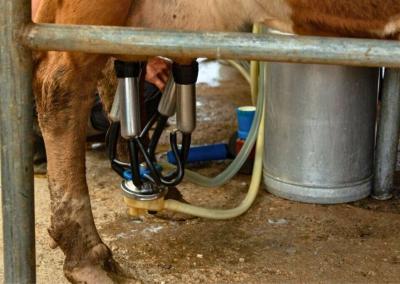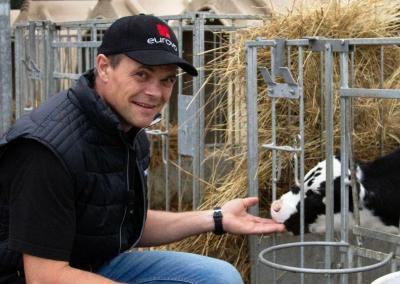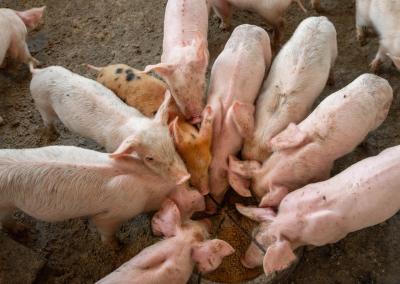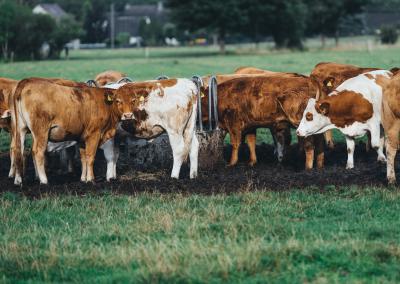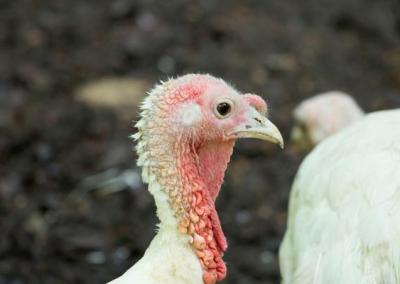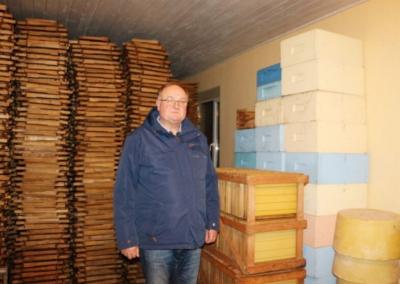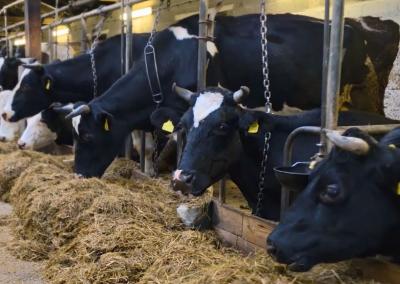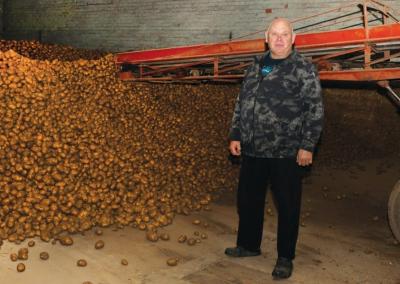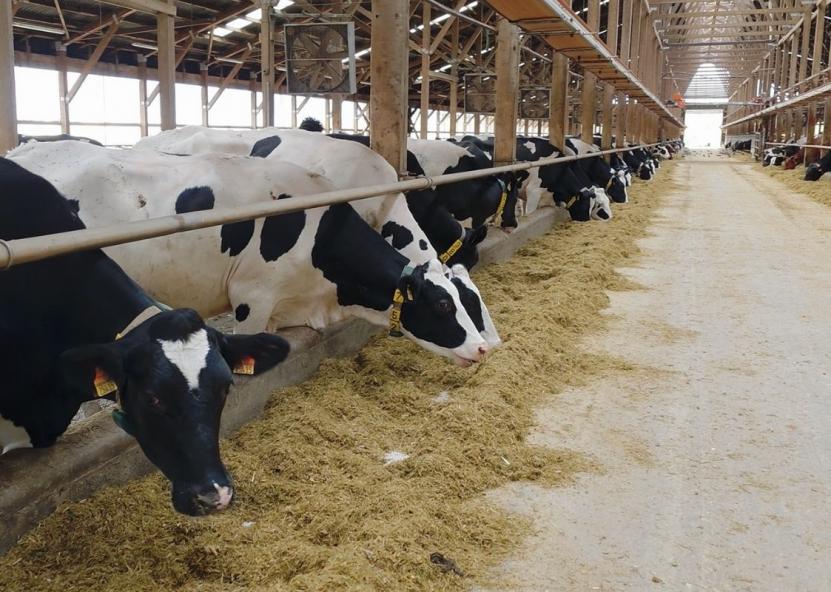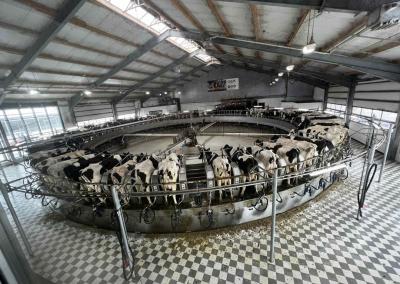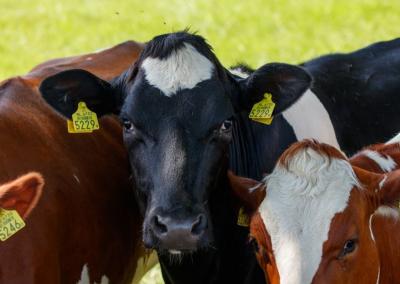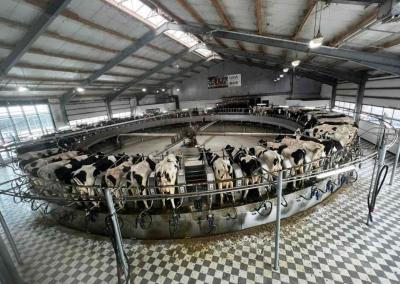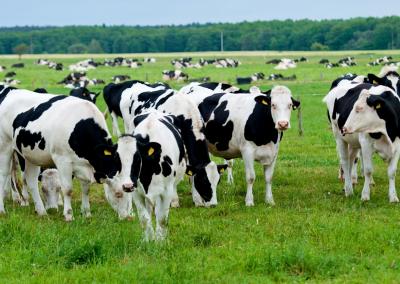5 management principles that make dairy farming more profitable
Modern dairy farming is not just about tending a herd of cows or producing feed. It's a business that combines processes, people, technology and finance every day. Success here is not just about milk yield or milk price – it is about management skills. A farmer who applies clear management principles not only has better cost control, but also more peace of mind in his daily life. Here are five principles that make a real difference to the life of a dairy farm.
1. Clear processes and responsibilities – order instead of chaos
On every farm, many things are happening at the same time: milking, feeding, calving, veterinary procedures, documentation. If responsibilities are vaguely distributed, mistakes and unnecessary stress result. The best farms have work instructions – even if they are simple and printed on a single sheet – where it is clearly written who does what, when and how. This clarity allows for quick training of new employees, reduces misunderstandings and allows the farmer to be a manager rather than a "firefighter".
2. Decisions based on data – not hunchesWithout numbers, there is no management. Milk yield per cow per day, somatic cell count, calving interval, cost of feed … indicators that tell us whether a farm is working efficiently. Even simple Excel spreadsheets or specific management programmes help to see trends and make decisions based on facts. For example, if you notice that the yield of one group is decreasing, you can immediately look for the cause instead of waiting for the end of the month. This saves money and avoids problems.
3. Developing and motivating people – the strongest investment
Employees are the most important „piece of equipment“ in an economy. They make dozens of small decisions every day that determine the health and milk yield of cows. A farm that invests in staff training, shared responsibility and a clear reward system has lower staff turnover and better results. This can be as simple as a monthly meeting to discuss performance, an opportunity for an employee to be rewarded with a bonus for reaching a target or a short trip to another farm to gain experience. A motivated person is less likely to make mistakes and takes more responsibility for his/her work.
4. Financial planning – a solid foundation for investment
Even a profitable farm can find itself in a difficult situation if cash flows are not planned. A clear budget, monthly cash flow plans and a contingency reserve – these are the three pillars that make a farm feel more secure. A farmer with a financial plan can negotiate feed, invest in technology or genetic programmes more calmly, knowing what funds will be available six months later. This reduces reliance on debt and gives more bargaining power.
5. A strategic approach – the future of the economy beyond today
Dairy farming – a long-term activity. Every decision today creates the future. A strategic approach means not only aiming to increase milk yields, but also having a clear vision of where the farm will be in five or ten years' time. Will there be a robotic milking system? Who will take over the farm when the farmer wants to leave? How much to invest in agricultural machinery, how much in genetics or feed efficiency? Answering these questions allows you to choose a course that will ensure stability, even if market prices or requirements change.
Summary
Clear processes, data-driven decisions, people development, financial planning and a strategic approach – these are the five pillars on which a modern dairy farm rests. A farmer who masters these principles not only earns more, but also has more peace of mind and time to make strategic decisions. It's not just a farm anymore, it's a business that can grow successfully with a family and a team.


